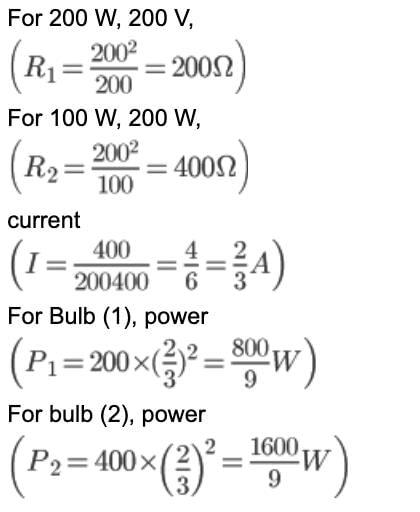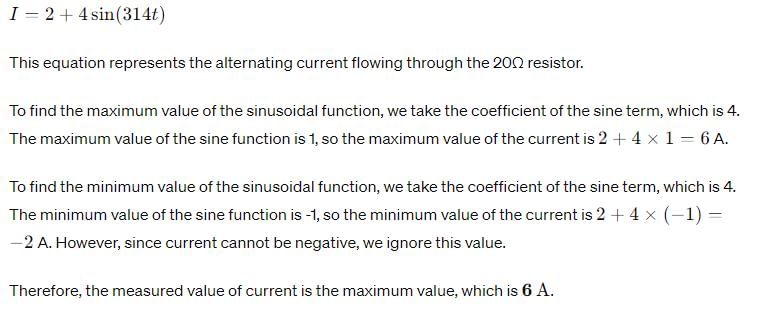MPPGCL JE Electrical Mock Test - 3 - Electrical Engineering (EE) MCQ
30 Questions MCQ Test - MPPGCL JE Electrical Mock Test - 3
Sunny can complete a work in 15 days. If Bobby is 60% as efficient as Sunny, in how many days can Bobby complete the work?
Direction: Study the following information carefully and answer the given questions besides.
Eight students Kirti, Ayushi, Manu, Sona, Aarti, Bobby, Ankita and Divya are sitting around the square table. Four students sit on each side while rest on each corner. Students at the side faces away from the centre and students at the corner faces toward the centre.
Divya sits third to the left of Ayushi. Sona sits immediate left of Ankita, who sits on the side of the table. Kirti sits opposite to Manu and both faces away from the centre. Neither Kirti nor Manu are beside Ayushi. Bobby is not an immediate right of Ayushi. Bobby is not adjacent to Manu.
Q. Who sits opposite to Bobby?
Divya sits third to the left of Ayushi. Sona sits immediate left of Ankita, who sits on the side of the table. Kirti sits opposite to Manu and both faces away from the centre. Neither Kirti nor Manu are beside Ayushi. Bobby is not an immediate right of Ayushi. Bobby is not adjacent to Manu.
Q. Who sits opposite to Bobby?
Into how many constituencies is the country divided for Lok Sabha elections?
Directions: Read the given information carefully and answer the questions given beside:
A certain number of people are sitting in a row watching F1 racing. All of them are facing towards the south direction. The distance between any two adjacent persons is the same.
The number of people sitting between A and C is the same as the number of people sitting between X and C. At most 25 people are sitting in a row. X is an immediate neighbour of D, who sits on one of the ends. Two people are sitting between A and Z. The number of people sitting between D and C is the same as the number of people sitting between C and Y. C sits fourth to the right of Z. The number of people sitting to the right of A is the same as the number of people sitting to the left of Z.
Q. Who sits two places away from Y?
While working with 75% of its efficiency a pipe can fill a tank in 80 minutes. In how many minutes can the pipe fill the tank while working with 100% efficiency?
Seven persons B, C, D, E, F, G and H are born on seven different months of a year starting from January, but not necessarily in the same order. Who was born in July?
Statement I: C was born just before D. Only two persons are born after H. Three persons are born between H and B. F was born two months after B.
Statement II: E was born in April. D was born after C. Two persons are born between E and B. B was not born in July. C was born one of the months after May.
Direction: If a Paper (Transparent Sheet) is folded in a manner and a design or pattern is drawn. When unfolded this paper appears as given below in the answer figure. Choose the correct answer figure given below.
A piece of paper is folded and cut as shown below in the question figures. From the given answer figures, indicate how it will appear when opened.
Question Figure

Answer figure

Directions to Solve
In each of the following questions find out the alternative which will replace the question mark.
Question -
68 : 130 :: ? : 350
'Dogs' is related to 'Bark' in the same way as 'Goats' is related to:
Superposition theorem states that the response in any element is the _______ of the responses that can be expected to flow if each source acts independently of other sources.
In diode clipping circuit shown, which among the following conditions are correct?

Class…………………operation has no collector current when no signal is applied.
A D.C. generator has 6 pales. A brush shift of actual means a brush shift-
Which of the following is the protective device against lightning overvoltages ?
As compared to CE amplifier, the frequency response of an emitter follower is-
What is the value of current I4 (in A) for the given junction?
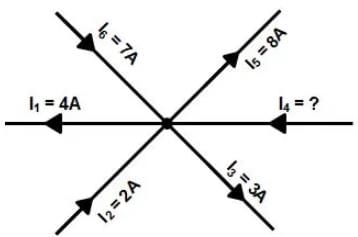
Which of the following bulbs will have the least resistance?
In a three-phase transformer, the angle between two consecutive cores is-
The reactance of 1F capacitance when connected to a D.C. circuit is-
Which of the following is not a welding accessory-
Which of the following is the protective device against lightning overvoltages ?
A 3-phase Υ-Δ transformer has 420 and 36 turns on the primary and secondary windings respectively. The supply voltage on the primary side is 3.3kV, then what will be the phase voltage on the secondary side of transformer
A 200 W, 200 V bulb and a 100 W, 200 V bulb are connected in series and the voltage of 400 V is applied across the series connected bulbs, Under this condition
To change the direction of rotation of (3∅) Induction motor Rotor,
The current flowing in (20Ω) resistor is given by: i = 2 + 4 sin 314t. The current is measured by a hot wire ammeter. What is measure value?
For the given V-I characteristic find out the value of dynamic resistance Rac?
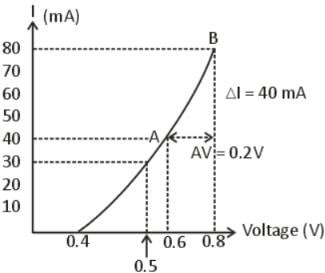
What will be the multiplying power of shunt of 400 Ω which is used with 800 Ω -
The total load taken from an a.c. supply consists of
A- a heating load of 15 kW
B- a motor load of 40 kVA at p.f. 0.6 lagging
C- a load of 20 kW at p.f. 0.8 lagging
A capacitor is connected in parallel with load and p.f. raised to unity. The kVAR rating of the capacitor should be


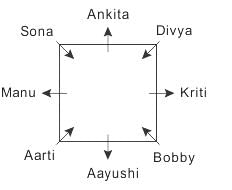
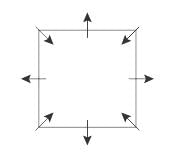
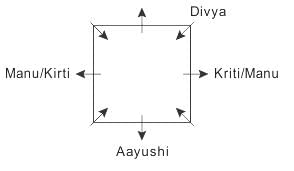
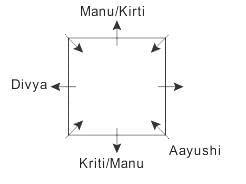
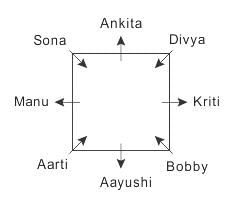


 Hence, Case 1 is the final arrangement.
Hence, Case 1 is the final arrangement.
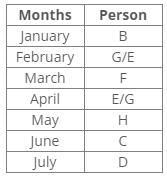
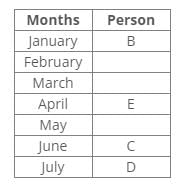



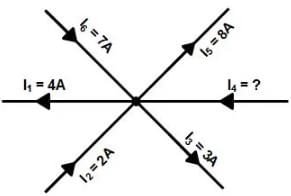
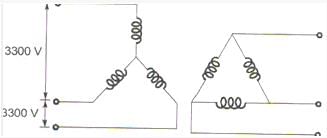


 always in 3- transformer.
always in 3- transformer.